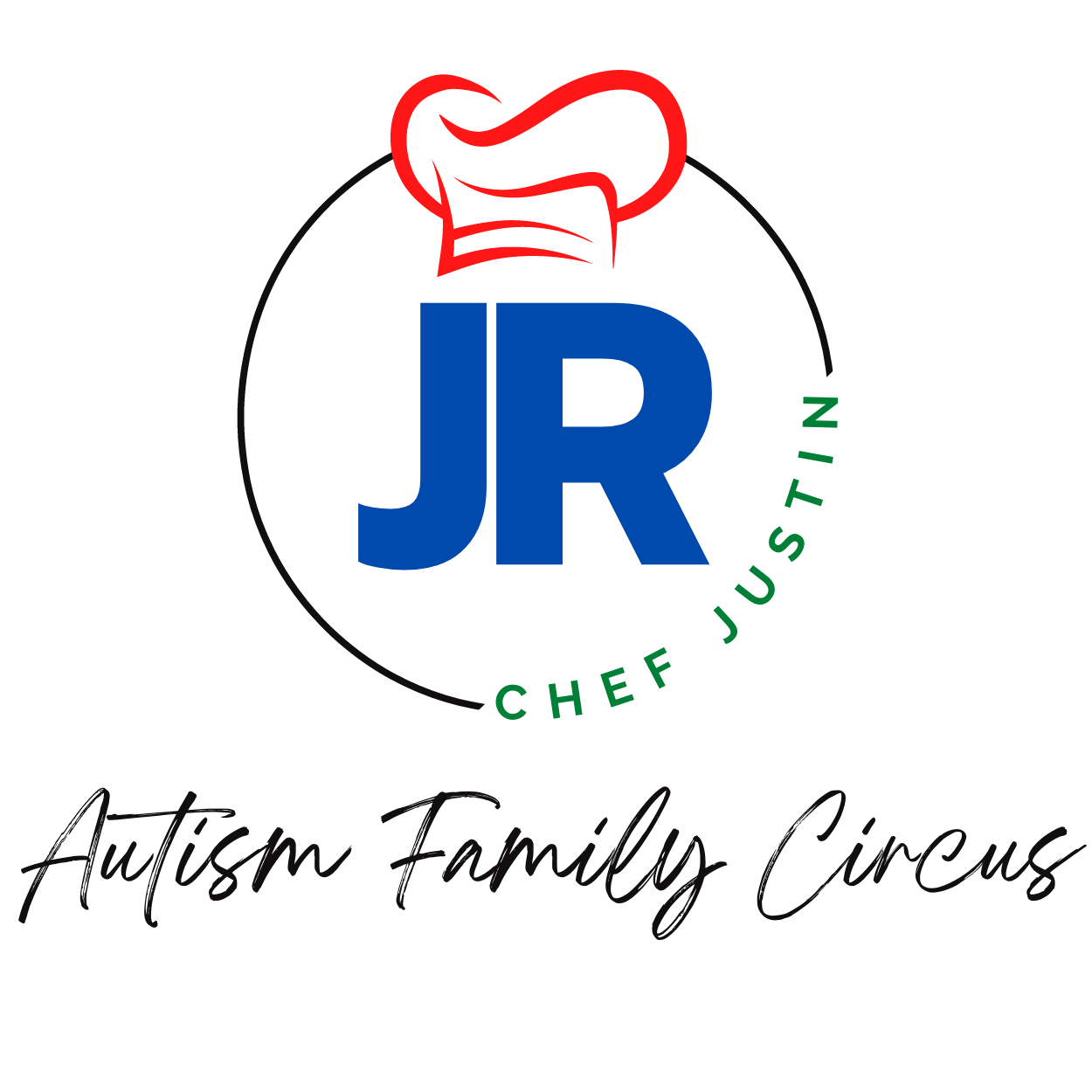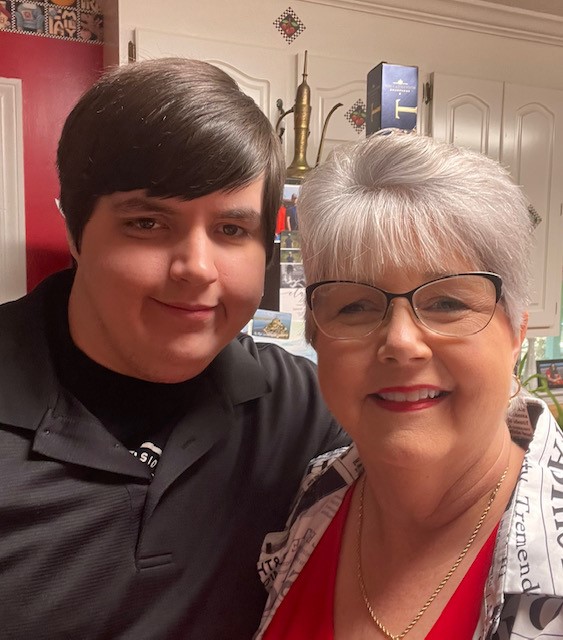Home Sweet Home
Making Your Home Autism Friendly
When I had my first son Joey, eighteen years ago, I read all the books, watched all the shows, and spent a fortune baby-proofing my home. I had kitchen cabinet locks, electrical outlet covers, and all the doors dead-bolted with chains, well out of a toddler’s reach. Despite all of this, when Joey was just two years old I found him outside at three o’clock in the morning, going through the garbage to find a favorite toy that I had thrown away earlier because it was broken. Three children later my level of baby proofing the house had come to an end. I decided I could childproof it all I wanted and they still kept getting in! 🙂 Then along came Justin, [who is now 22 years of age] and I quickly found out that even normal, everyday things can wreak havoc on the nervous system of a child with autism. Here are a few solutions that we used to make home a happier place for Justin. Hopefully, they will work for many of you, as well:
1. Eliminate all extreme-smelling cleaners and chemicals.
Although I love the fresh scent of pine cleaner, to my easily over-stimulated child with autism, the smell was overwhelming. We still use scented cleaners, but now we dilute them so that they are 50% water and 50% cleaner.
We also use natural cleaners that aren’t chemically based. One of my favorites is called Greenspace. It’s a cleaner almost like Windex. It’s light green and has a light {or mild???} minty smell. Another thing we’ve done is eliminate any type of plug-in air freshener, and instead use less-oppressive essential oils in aromatherapy diffusers. Youngliving produces a line of all-natural pure essential oils that Justin tolerates very well. We actually diffuse lavender into his room at night to induce calm sleep. By making these types of changes, I have found that the house is still clean and smells nice, but not to the point where it is offensive to Justin.
2. Secure all doors and windows.
All of our doors and windows have sensory monitors connected to our alarm system. Justin frequently has insomnia, as many children with autism do (sleep, you know, is something other people get!), so he often wants to go out and take a walk in the woods at three o’clock in the morning!
As part of providing a secure and safe environment for Justin, all of our doors and windows also have stickers for emergency personnel that say Attention Autistic Male Child May Not Respond Verbally or May Run From You. His Name is Justin. Emergency personnel, and especially police officers, are trained to give chase if somebody runs. And, because policeman and fireman often arrive via loud trucks, a child with autism might instinctively run away to get away from the noise. The sign on the door alerts emergency personnel to the situation. We have included Justin’s name, as well, because we know that if he hears his name he will stop running .
3. Make the bathroom safe.
Justin can’t tell if water is too hot, because he does not experience physical pain. So, our bathrooms have hot water security locks to prevent him from burning himself unknowingly. Bath time is one of his favorite times and we would often think that he was in his room, when he was actually in the bathroom running the bath water. While we do monitor his whereabouts, we installed the water locks as a failsafe measure.
We also use all natural hair products and soaps because Justin was born with infantile dermatitis and has very sensitive skin. Regular children’s bubble bath can give him a rash almost immediately upon contact. There are also a lot of potentially irritating chemicals in hair products that we avoid.
In addition, we have a “toilet paper safe” where we store our extra rolls. This device allows only one roll to be dispensed at a time, because when Justin was three his favorite hobby was to see how many rolls of toilet paper would fit into the bathtub while it was full of water!
We also keep all of the toothbrushes out of reach and dispense them at the appropriate time. Justin likes to brush his teeth and uses “mounds” of toothpaste. Like many kids with autism, Justin loves the froth and foam. While this isn’t dangerous, it makes a huge mess. So when it’s time to brush his teeth, I hand him his toothbrush with the toothpaste already on it, and this solves the problem.
4. Prevent fires.
If you have a fireplace or a wood-burning stove in your home make sure that it is attended by an adult at all times. Last winter Justin got up at two in the morning and decided to “help us” with the excess ashes in the fireplace; however, as he shoveled the ashes out of the fireplace and into the ash bucket, live embers fell onto the carpet. Luckily, the house didn’t burn down, but the carpet did have to be replaced.
But, that’s not all! Justin then proceeded to dump the ashes into the heat vents, so that when the heat came on my entire living room was filled with black soot, and Justin looked like the minstrel man in a vaudeville show. In addition to replacing the carpet, I had to have the furniture and draperies professionally cleaned, and the room repainted. This could have been prevented if we would have had glass doors that lock on the outside of the fireplace.
5. Create calmness in your child’s bedroom.
In today’s electronically overwhelmed world, we still always seem to want our children to have the latest gadgets. But, I have found, that my child with autism does better if his own bedroom is relatively free of electronics.
I admit that Justin does have a television set and DVD player in his room, along with a V-Tek V-Smile, a video game that has learning activities. However, he does not have electronic toys that make noise or have light patterns that disturb and upset him. Every child is different, so it’s best to choose what works for your child.
Justin’s room is painted navy blue and decorated with Spongebob, the TV character he loves. Because the Spongebob figure is in a vibrant hue, we only used one or two Spongebob images. For Justin, this creates a calm environment. In addition, we use 100% natural fiber sheets on his bed and an air purifier for his breathing that helps keep his asthma in check. We also use plantation blinds to keep out or tone down the sunlight, as we have found that the bright light can agitate him. Last but not least, we use full spectrum lighting throughout the entire house, and we have removed all florescent lighting because the flickering bothered Justin.
Hopefully, the information in this article will be helpful to you. But keep in mind that each child with autism has different kinds of reactions to different things. Knowing your child’s particular sensitivities will guide you to create a household environment that is livable, agreeable, and pleasant for all.
Author’s Note: Help is out there. Go to https://autismfamilycircus.com for more guidance and information. Donna Richards, autism advocate and expert, is mother of five sons, one with autism. She is author of My Brother’s Keeper, a kindergartner’s view of autism, a book written with her son Jace when he was 6 years old.

